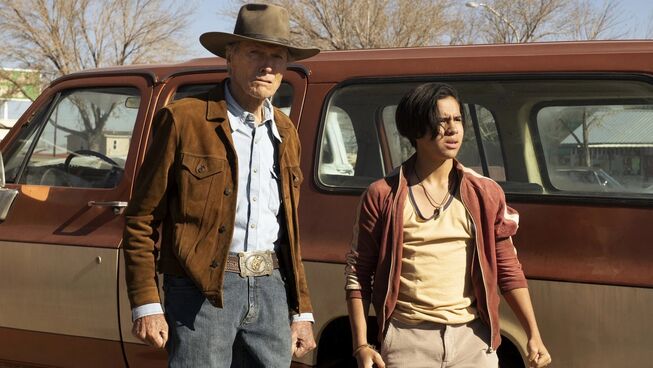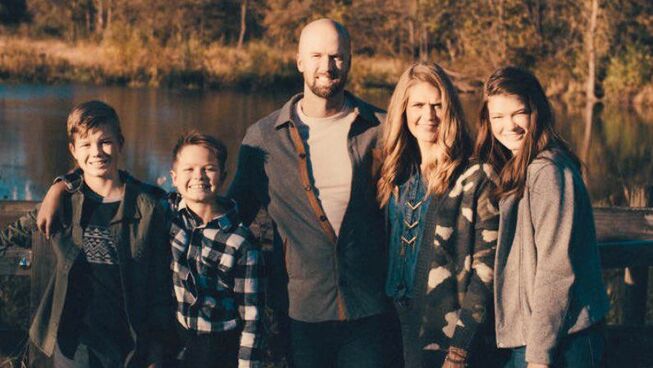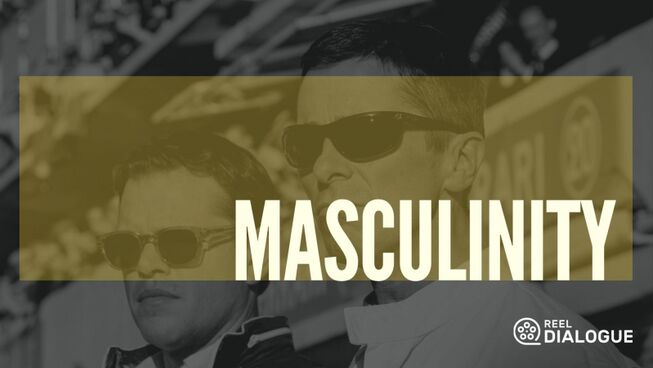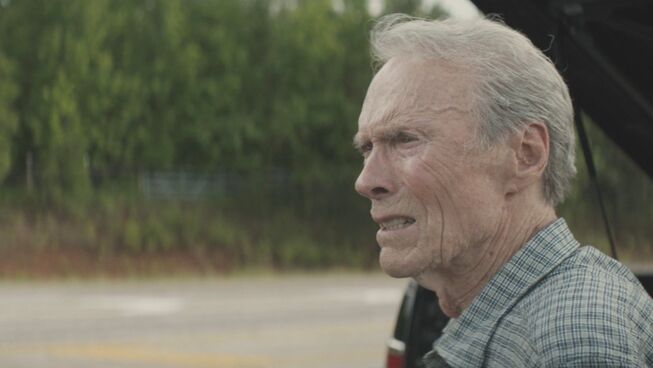
2.5 out of 5 stars
A scene towards the end of Cry Macho is a summation of Clint Eastwood’s almost mythical career. Rafa (Eduardo Minett) is the boy at the centre of a journey across Mexico who is scornful in his assessment of Mike Milo’s (Eastwood) life. “You used to be strong. Macho. Now you are nothing.” Mike’s response is both reflective and instructive: “I used to be a lot of things, but I’m not now. And I’ll tell you something. This macho thing is overrated.”
It is impossible for anyone familiar with Clint Eastwood’s work that now spans six decades to watch his latest film without projecting many legendary characters into the narrative. In every scene, the viewer is painfully aware of Eastwood’s age. It is jarring to watch the 91-year-old film legend’s frailness. Yet, the actor/director’s body of work is so indelible that, in a sense, the viewer is observing more than the man. We are watching a legend who has been carved out of stone and now exists in our minds on a Mount Rushmore of film icons.
Milo is a washed-up cowboy who years ago broke his back in a rodeo accident. He has long battled alcohol and pain pills and now makes a modest living as a Texas ranch hand. One day, Mike’s boss and Texas real estate tycoon, Howard Polk (Dwight Yoakam), asks the broken cowboy to go to Mexico. He needs Mike to locate his estranged son, Rafa, and rescue him from an alcoholic mother. Since the former rodeo hero is indebted to Howard’s commitment to him over the years he sets off on a journey to find Polk’s son and reunite him with his father. What ensues is a traditional telling of ‘young person needs a father-figure or mentor; a father-figure needs a young person to help find redemption.' Along the way, the audience can expect a road trip filled with roadblocks, Federales (Mexican Federal Police), and a heroic rooster.
Eastwood has developed a style of directing that is famously simple and straightforward. Yet, there are serious holes in the script and the characters are flimsy and one-dimensional. At the same time, the pacing meanders along with dialogue that is sometimes cheesy. At times, Cry Macho feels like it was made-for-television. Despite all this, the mythos and endearing nature of this award-winning actor/director are what holds the movie together. Watching a silhouetted Eastwood wearing a ten-gallon hat against a setting western sunset is a reminder of what once was. It is also a sombre prediction that it will not come again.
Reel Dialogue: Defining masculinity with Clint Eastwood
Interestingly, in a few of Eastwood’s most recent films, like The Mule and Cry Macho, there are scenes where he is simply driving down the highway with very little dialogue. It is as if the legendary actor is saying, “I’m still going. I’m still making movies.”
After six decades of filmmaking and dozens of characters, many have become part of the cinematic lexicon. Characters like The Man With No Name (A Fistful of Dollars), Harry Callahan (Dirty Harry), William Munny (Unforgiven), Preacher (Pale Rider) and Walt Kowalski (Gran Torino). Recently, the legendary filmmaker has become more introspective by providing commentary on his persona through characters like Mike Milo and Earl Stone (The Mule).
For multiple generations, Clint Eastwood has come to epitomise masculinity. While some may think his translation of the male soul might be a relic of the past, it is worth travelling through his career. This will allow us to see how the actor/director managed to interpret the changes in the definition of the male heart over the years without compromising the need for men to be men.
This opens a whole conversation about how society should define masculinity. A topic that would go well beyond a film review, but it might be worth looking beyond Hollywood and going further back in history to really unpack this topic. Within the words of the Bible, we are given varying depictions of men and interestingly, most of them fall short. While there is one man who does define what it is to be a man. It would be no surprise that it would be Jesus, but have you read one of his biographies and considered how he illustrates what it truly means to be a man?
If we can make a suggestion, the biography written by Luke is a great place to begin.






